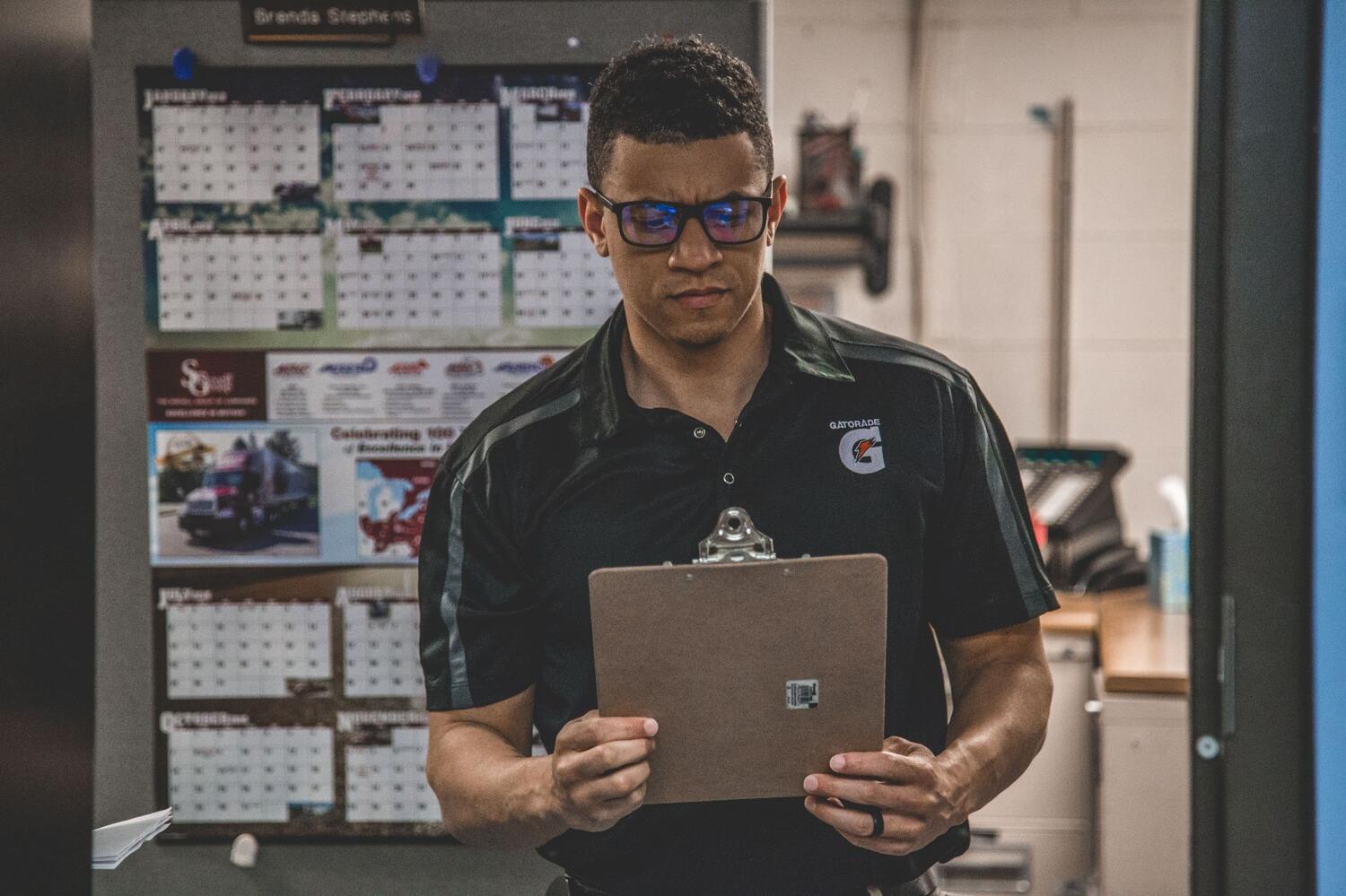Burnout, Employee Experience, Employee Well-being, Leadership & Management, Trust
Burnout can have significant negative impacts on employee health, productivity and company culture.
In order for your people and your organization to thrive, it's important to keep a close watch on potential indicators of burnout. There are telltale signs of burnout that you can identify through a careful reading of your employee survey results and using HR analytics.
Once you’ve identified a burnout problem among your people, how do you fix it?
The answer lies in the difference between employees’ and executives’ experiences at work.
A surprising stat about executives and burnout
We wanted to understand how the workplace experience differed between burnt-out employees and those who are successfully managing their workplace stress, so we analyzed data from 1,570 companies comprising over 1.7 million survey responses.
When we did, we found something you might not expect: executives were 20% less likely to experience burnout compared to all other managerial levels.
At first glance, this seems counterintuitive. After all, CEOs often must make high-stakes, high-pressure decisions that can put a lot of stress on them. Wouldn’t they be more vulnerable to burnout, not less?
What we found was that the C-suite enjoys something that individual contributors, frontline managers and mid-level managers often do not.
A high degree of control over your job leads to less burnout
Executives have the authority to dictate how they spend their time and when to say “no.” They can establish boundaries, and boundaries are good for our health.
This connection between job control and burnout features prominently in the Whitehall study. In this study, British epidemiologist Michael Marmot and his team examined employees within the British Civil Service.
They discovered that the higher someone’s rank, the less likely they were to suffer from cardiovascular disease.
Controlling for other factors, it turned out that differences in job control, which were correlated with job level, most accounted for this phenomenon.
How to reduce employee burnout
You may not be able to eliminate all traces of burnout in your organization. However, there are steps you can take to create a low-burnout workplace:
Enable more fluidity and autonomy
A study of 8,500 white-collar workers in Sweden who had gone through reorganizations found that people who had a higher level of influence and task control in the reorganization process:
- Had lower levels of illness symptoms for 11 out of 12 health indicators
- Were absent less frequently
- Experienced less depression
Give employees flexible working arrangements, such as the option to work remotely or the ability to choose their work schedule, so they can enjoy greater control over their work.
Protect employees from micromanagement
Employees who experience burnout are 3 times more likely to feel micromanaged.
Researchers have found that managers can fall into this toxic habit out of insecurity and fear. And realistically, “the belief systems that create the micromanager may not go away overnight,” says Dr Hyacinth Guy, a Human Resources Consultant.
However, there are practical steps you can take to limit micromanagement in your organization (even when your managers may need some coaching):
- Hire proactive self-starter types
- Make people accountable to each other
- Ensure managers clearly articulate their expectations
- Give employees decision-making power
- Offer individuals a stake in the game such as through profit sharing or project ownership.
Help employees know their boundaries
According to Mariana Bockarova, Ph.D., a researcher at the University of Toronto, the ability to know our boundaries generally comes from “a healthy sense of self-worth, or valuing yourself in a way that is not contingent on other people or the feelings they have toward you.”
In a work setting, self-worth is discovering the intrinsic value in who you are, so that you can be aware of your intellectual worth and boundaries.
Finding this self-worth is different for everyone. And while managers cannot control employees’ histories and self-conceptions, we can help employees recognize their induvial value through employee recognition, encouraging and rewarding their ideas, and genuinely seeking their opinions.
These small acts show any employee that their intellect is held in high-esteem.
Limit uncontrollable events
When asked in our survey, “What would make this a better place to work?” people experiencing burnout often mentioned the phrase “fear of retaliation.” This feeling of treading on eggshells feeds employee anxiety and contributes to burnout.
Similarly, compared to employees successfully managing their workplace stressors, burnt-out employees were 3 times less likely to think management’s actions match its words and 2.5 times less likely to feel informed about important changes.
Employees also tend to feel on edge when:
- Projects are arranged without warning
- Performance review parameters change frequently
- Management’s moods are unpredictable
The Whitehall study found that high blood pressure at work correlated with greater "job stress," including "tension," and "lack of clarity" in designated tasks.
By setting clear expectations and having frequent, two-way communication, managers can greatly lesser the anxiety of the vagueness and unpredictability.
Create 1:1 connections
People need leaders to take sincere interest in them as a person in order to be attentive to their psychological needs — employees who experience burnout are 2.4 times more likely to feel like a cog rather than a person.
But how can you respond to someone’s needs if you’re not taking the time to get to know them?
“Every leader has the ability to create an intimate relation and show this level of care,” said Holly Petroff, EVP, Great Place To Work. “We did this when we were children in the playground. We didn’t need a leadership course then. We saw someone fallen over on the playground and we helped them up.”
How you can create these connections:
- Give yourself a pass
It’s easy to put pressure on yourself to say just the right thing, especially if employees aren’t used to you engaging them in a personal way.
When you give yourself permission to try to connect with employees, even if it means making mistakes in the process, you create an opportunity for your people to relate to you. - Inquire, rather than ask
Not everyone is comfortable talking about their feelings. Asking specific questions like, "how many face masks do you have?” gives employees something to react to. - Hold real conversations
Connecting with people doesn’t equate to making mindless small talk. People see right through artificial - Make it safe to say “I’m not ok”
We’re all familiar with answering, “I’m fine,” even when we’re not. For many people, it’s difficult to feel comfortable saying anything else.
By helping people see that it’s OK to admit when things aren’t all unicorns and rainbows, you can start a conversation where people are less reticent to share what they’re struggling with. - Make space for employees to clear their minds
One way to do this is to create time at top of meetings for people to talk about how they are feeling. “This helps us give voice to the situation and set it aside if it for just a little bit,” said Holly. “If you are just diving into an agenda, you’re just steamrolling over a roadblock.”
Want to identify and track burnout in your workplace?
In order to tackle burnout, you first need to determine where it’s happening and who it’s happening to.
Our Trust Index™ employee survey, based on nearly 30 years of studying workplace cultures, includes nine statements that reliably identify burnout in organizations as large as 10,000 people and as small as ten.
To learn more about how to understand who is experiencing burnout in your company with our employee engagement platform, get in touch with us today.











